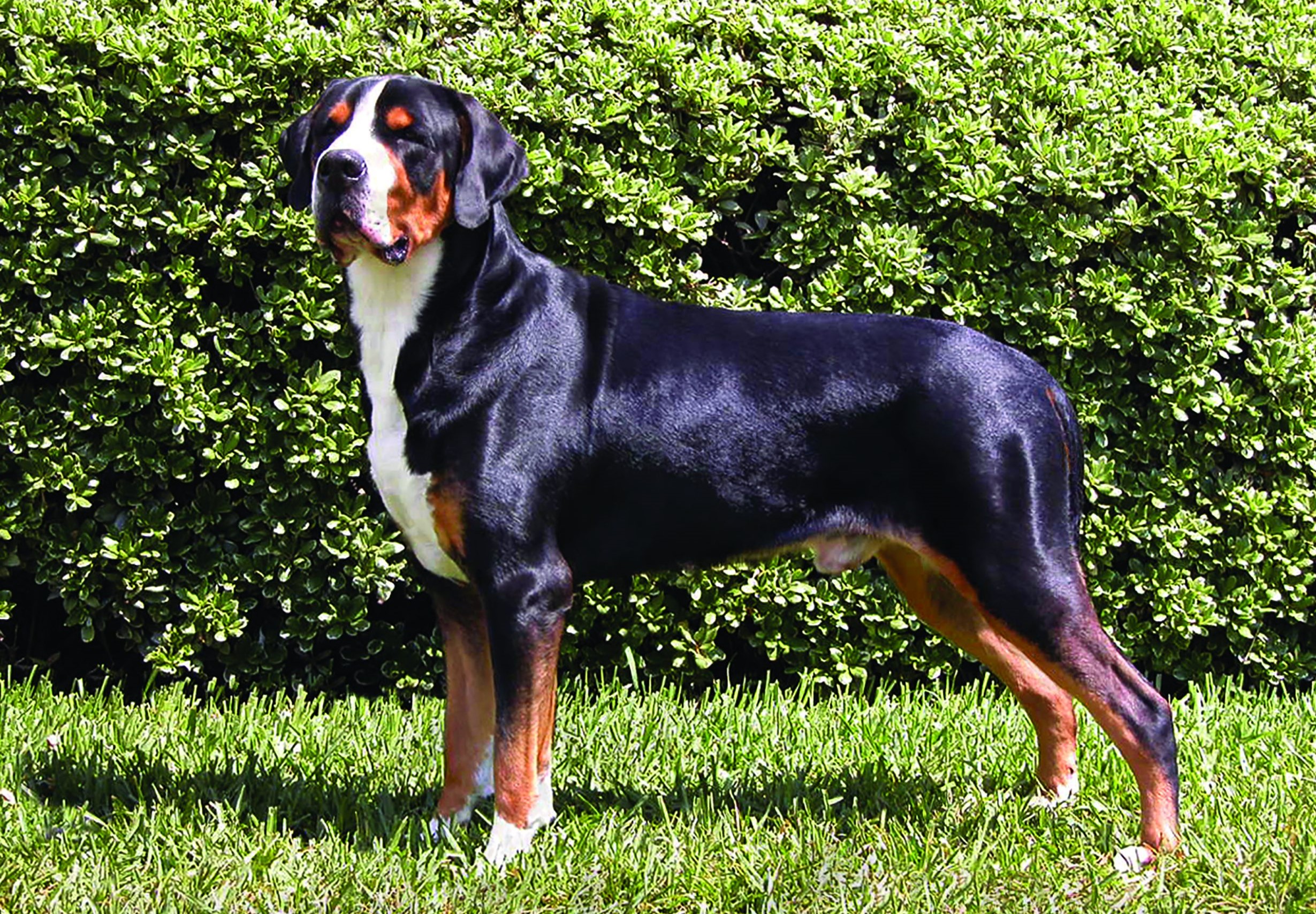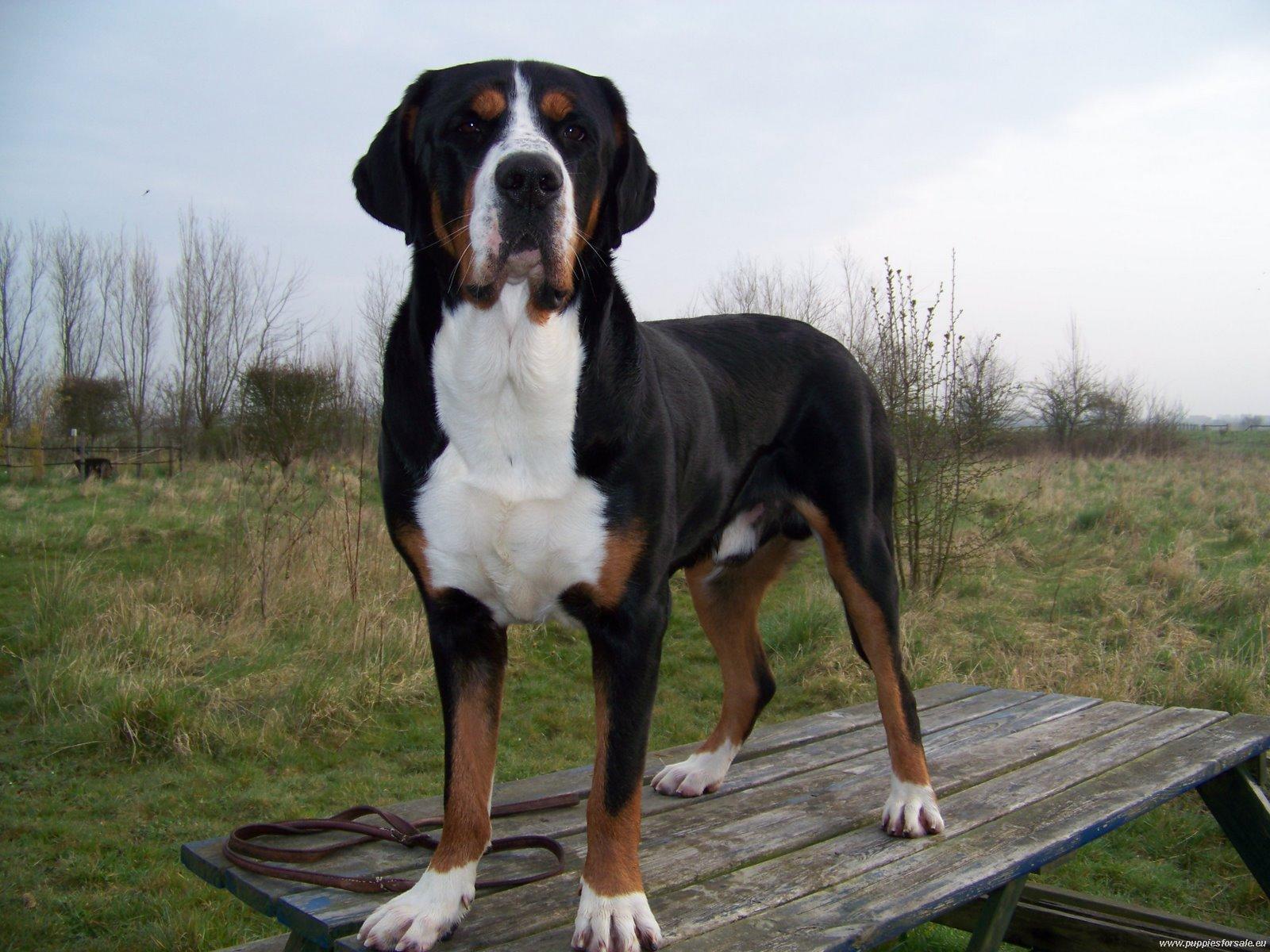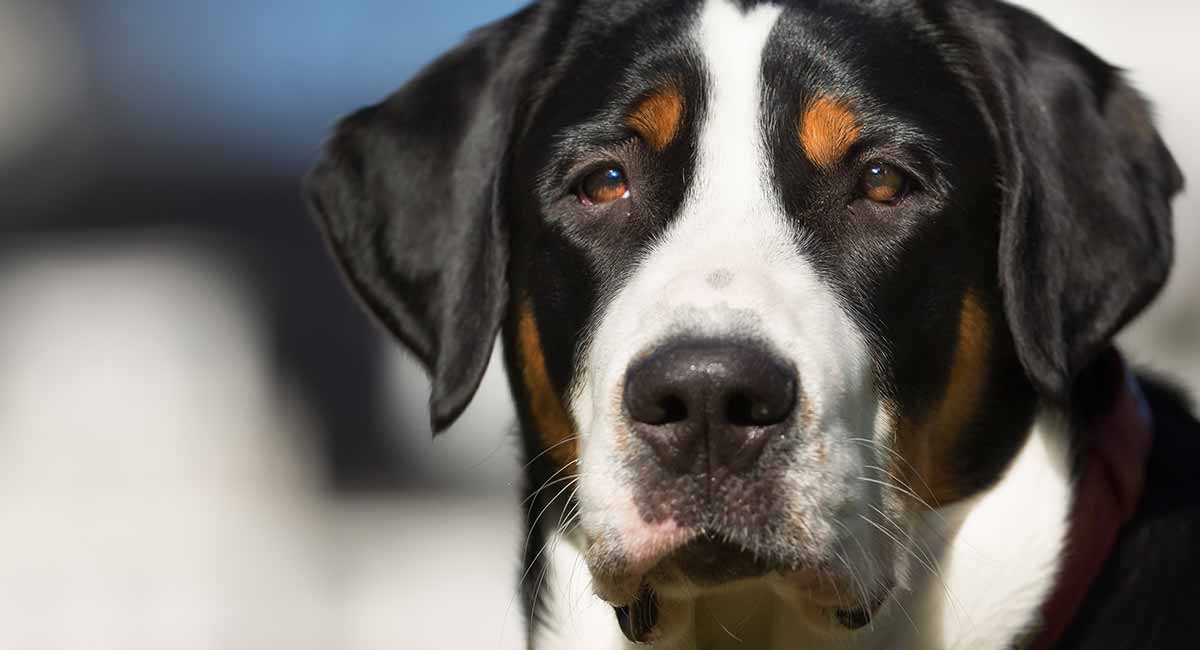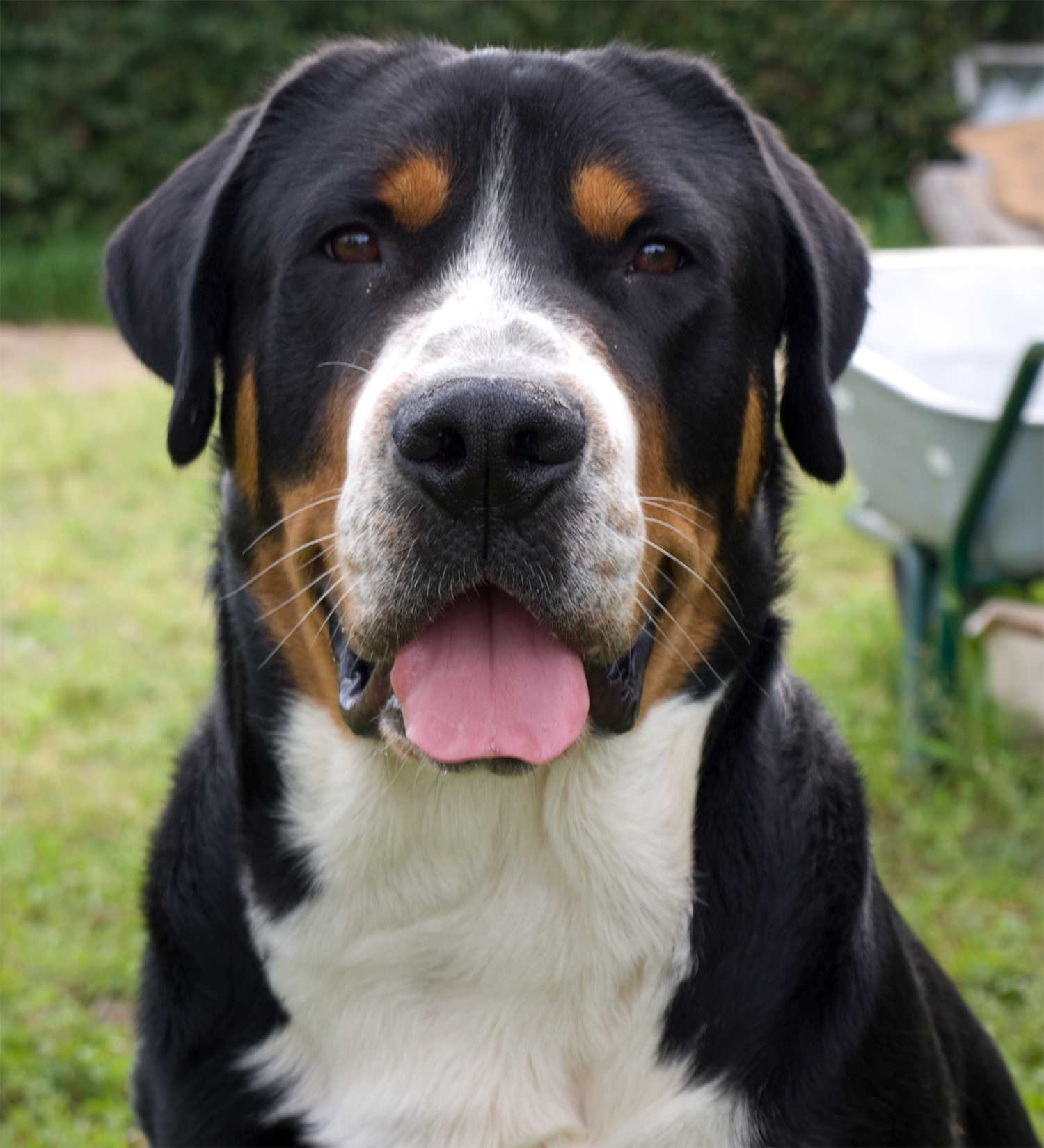Greater Swiss Mountain Dog: Is This Breed Right For You?
Are you prepared to open your home and heart to a canine companion of considerable size and unwavering loyalty? Welcoming a Greater Swiss Mountain Dog into your life means embracing a breed steeped in history, known for its gentle nature, and built for both work and companionship.
The journey to finding the perfect Greater Swiss Mountain Dog puppy begins with understanding the breed and making informed decisions. One primary avenue is to purchase a puppy from a reputable breeder. These breeders often dedicate themselves to preserving the breed's integrity, health, and temperament, offering prospective owners the best chance of acquiring a well-adjusted and healthy dog. The Greater Swiss Mountain Dog, also affectionately called the "Swissy," is a breed that has deep roots in the Swiss Alps, tracing its origins back approximately 2,000 years to the Roman era. Their history is intertwined with that of the sennenhund breeds, a group of Swiss mountain dogs. This impressive breed nearly vanished in the late 19th and early 20th centuries, as modern machinery replaced their historical roles in agriculture. Their physical strength, loyalty, and gentle disposition make them excellent family pets.
To provide a clear understanding of the Greater Swiss Mountain Dog, heres a table summarizing key aspects of the breed:
| Characteristic | Details |
|---|---|
| Origin | Swiss Alps |
| Historical Roles | Herding, guarding, draft work, family companion |
| Appearance | Large, heavy-boned, muscular, tricolor coat (black, white, and rust) |
| Temperament | Loyal, gentle, friendly, adaptable, eager to please |
| Size | Males: 25.5-28.5 inches, 85-140 pounds; Females: 23.5-27 inches, 85-110 pounds |
| Lifespan | 8-11 years |
| Health Considerations | Hip dysplasia, elbow dysplasia, bloat, certain eye conditions |
| Grooming | Moderate shedding, regular brushing |
| Training | Requires consistent and positive reinforcement |
| Exercise Needs | Moderate to high; daily walks, playtime |
| AKC Group | Working Group |
For more detailed information, you can visit the official AKC (American Kennel Club) website: AKC Greater Swiss Mountain Dog.
The Greater Swiss Mountain Dog, or "Swissy" as they're affectionately known, is a breed with a rich history. These dogs are one of the four Sennenhund breeds, a group of dogs originating from Switzerland. The Swissy's ancestry traces back to the Roman invasion of Europe, when Roman mastiffs were crossed with local Swiss working dogs. The result was a strong, versatile breed that served multiple purposes, primarily as working dogs, herding, guarding, and draft work.
The breed was on the brink of extinction in the late 1800s and early 1900s, replaced by the rise of modern farming machinery and other breeds. However, in 1908, Albert Heim, a sennenhund expert, rediscovered the breed while judging a dog show. Recognizing the importance of the Greater Swiss Mountain Dog, he encouraged breeders to revive and preserve the breed. His work was vital in its re-establishment. The breed was recognized as a distinct breed due to Heim's efforts.
When considering a Greater Swiss Mountain Dog, it's essential to understand their temperament and how it affects their suitability as a family pet. The breed is known for being gentle, loyal, and affectionate, making them great with children and other animals when properly socialized. However, their size and strength require responsible ownership and consistent training. Early socialization is key to ensuring a well-adjusted dog that can handle various situations. Their strong work ethic and eagerness to please also make them receptive to training, which should involve positive reinforcement methods.
The Greater Swiss Mountain Dog's versatility extends beyond being a family companion. They are working dogs with the physical ability to pull carts weighing up to 3,000 pounds. Historically, they were used to move dairy cattle, and they also served as watchdogs. A well-trained and socialized Swissy is a joy to have around the house. They thrive on companionship and love to be included in family activities. Theyre active dogs, so they require regular exercise and mental stimulation to prevent boredom and destructive behaviors. A bored or under-exercised Swissy may develop behavioral issues. The breed needs consistent and positive training.
The breed is a "draft and drover" breed, which means they were bred to perform specific working functions. Their build reflects this heritage; they are heavy-boned and muscular, built for strength and endurance. Choosing a puppy from a reputable breeder is crucial because it helps ensure the puppy's health and temperament. A responsible breeder will prioritize health, temperament, and breed standards, offering a well-adjusted puppy. The Greater Swiss Mountain Dog is a breed that should not display aggression, which is not desirable for family pets and for working dogs.
While their gentle nature is a hallmark of the breed, it's equally important to know about the health concerns that can affect Greater Swiss Mountain Dogs. Like all large breeds, they can be predisposed to certain health issues, including hip and elbow dysplasia, bloat (gastric torsion), and certain eye conditions. Responsible breeders will screen their dogs for these health problems, offering greater peace of mind to prospective owners. Because of the size of the breed, it's crucial to be familiar with the health problems affecting the breed.
Grooming requirements for a Greater Swiss Mountain Dog are moderate. Their tricolor coat sheds, particularly during seasonal changes. Regular brushing helps minimize shedding and keeps the coat healthy. Other grooming needs include nail trimming and ear cleaning. Their health and well-being depend on proper care. The dogs should be familiar with regular grooming.
Before welcoming a Greater Swiss Mountain Dog into your home, assess your lifestyle. Are you prepared to dedicate time and energy to training, socialization, and exercise? Do you have enough space to accommodate a large breed? Consider the financial commitment involved in owning a dog, including food, vet care, and grooming costs. The GSMA (Greater Swiss Mountain Dog Club of America) is an excellent resource for learning more about this breed, providing valuable information on responsible ownership, breed standards, and health considerations. Consider whether a Greater Swiss Mountain Dog is the right fit for you and your family. This will help make sure this is the breed that will be best for you.
When you're looking for a Greater Swiss Mountain Dog, it's important to find resources in your area to find the information you need. This can be found with the AKC website or from local breeders in the area. Find a breed that will suit your needs and lifestyle.
It is worth considering the following:
- History: The Greater Swiss Mountain Dog's history involves its rediscovery.
- Appearance: The distinctive tricolor coat is part of their appearance.
- Temperament: They are known for being loyal and adaptable.
- Functions: Their functions include working.
- Care: Caring for them involves understanding their needs.



